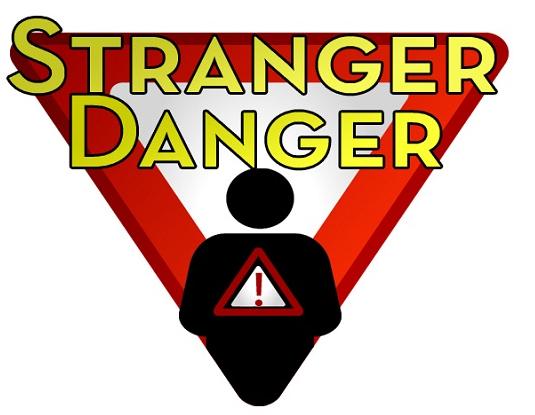Teachers and Social Media
May 16, 2016The Use of Technology in The Special Education Classroom
June 9, 2016The Modern Version of Stranger Danger
 Cyber bullying. Cyber stalking. Catfishing. These are terms that have become commonplace in today’s internet connected world. It is no longer sufficient to tell your child to stay away from strangers. In today’s world, online sometimes be more dangerous than real life. What can parents do to protect their children from today’s version of stranger danger?
Cyber bullying. Cyber stalking. Catfishing. These are terms that have become commonplace in today’s internet connected world. It is no longer sufficient to tell your child to stay away from strangers. In today’s world, online sometimes be more dangerous than real life. What can parents do to protect their children from today’s version of stranger danger?
Some of the best things you can do to protect your child are common sense practices. Placing a time limit on online activity can help guard your child from coming into contact with undesirable people. Be sure to change up the time your child is online as well. It is much harder for a child predator to find someone who is not consistent with their schedule than it is to find someone who is online every day at 6:18pm sharp.
You can also monitor your child’s online activity by setting your email and telephone number as the recovery information for any social media site. Any time a change is made to your child’s online profile, you will get a notification. You can also access pages this way. Teenagers will see this as an invasion of privacy, but a quick reminder that these safeguards are only until they graduate high school or turn 18, whichever comes first, can usually calm them down. Be prepared to have the conversation a few times.
Of course, the first safeguard is to talk with your child about online dangers. Nowadays, the conversation about online dangers has to be had quite a few times. With all of the different ways child predators are using new and advancing technologies to prey upon children, parents must remain vigilant. In today’s world the stranger danger conversation cannot wait. Young children are much more technologically savvy at 6 than some of us were at 26.

Adults know there are some people in the world who take pleasure in making other people sad and angry. They manipulate others to do things they would rather not through intimidation. Bullying is not limited to the schoolyard playground. Cyberbullying is starting to happen at younger and younger ages. You can help your child deal with this by letting them know that it is ok to say something to you or another adult they can trust. So many children do not speak up because they are afraid the adults won’t listen. Give your child a code word or phrase that they can say so you know it’s important and you have to listen.
If your child does have a social media page, make sure that you help them understand that not everyone is who they say they are online. Just as an adult can have a personal and professional social media page, a child predator can have multiple pages. Advise your child not to accept any friend requests from adults they don’t know. Advise your child to look at everyone’s page that asks to friend or follow them. If they do not have any pictures up, or only one or two, have your child show you the page or profile, then block them. And take an hour or so to visit all of the adult pages on your child’s profile. You can help your child wean out those who may wish them harm, while spending time getting to know the story behind the great bug escapade your child and their friend Mary from school got into last week.
Some of the best things you can do to protect your child from online dangers are common sense practices. The first safeguard is to talk with your child about online dangers. Nowadays, the conversation about online dangers has to be had quite a few times. In today’s world the stranger danger conversation cannot wait. Online can sometimes be more dangerous than real life. Make sure you are doing everything you can to help your child guard against online stranger danger. Be safe.
